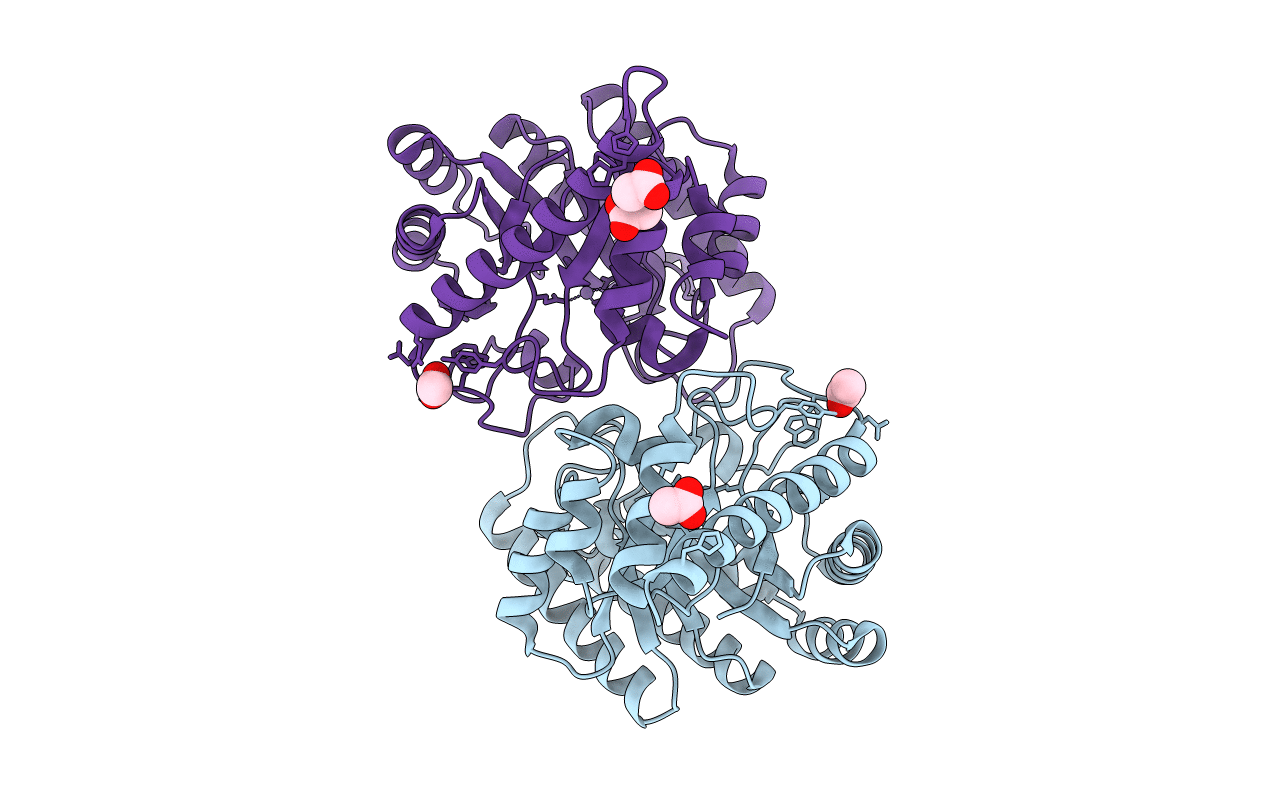
Deposition Date
2018-03-07
Release Date
2018-10-24
Last Version Date
2023-11-22
Entry Detail
PDB ID:
5ZFS
Keywords:
Title:
Crystal structure of Arthrobacter globiformis M30 sugar epimerase which can produce D-allulose from D-fructose
Biological Source:
Source Organism:
Arthrobacter globiformis (Taxon ID: 1665)
Host Organism:
Method Details:
Experimental Method:
Resolution:
1.96 Å
R-Value Free:
0.21
R-Value Work:
0.18
R-Value Observed:
0.18
Space Group:
P 65 2 2


